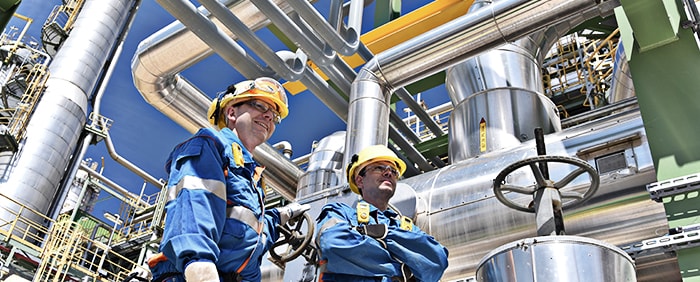What is a Pressure Relief Valve: Purpose & Why it's Essential
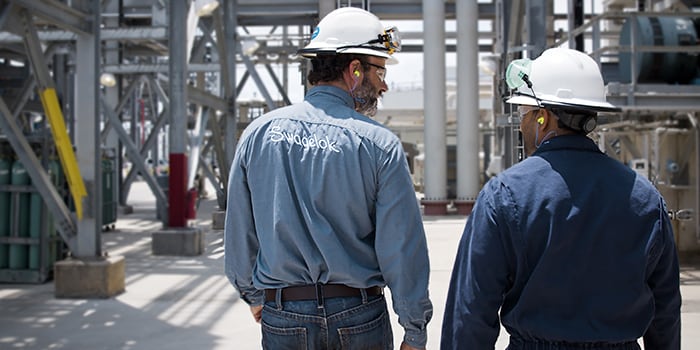
How to Enhance Chemical Plant Safety With Relief Valves

Modern fluid systems in chemical plants and refineries can be vast, with countless feet of small-bore tubing branching in various directions to accomplish several important functions.
With this complexity comes the potential for safety threats to occur in unexpected places. And because plant managers and operators cannot always monitor every part of these complicated systems, certain upfront design choices are essential for maintaining chemical plant safety.
One of those choices is the inclusion of pressure relief valves at critical points within your fluid system. By venting off excess pressure that may otherwise lead to a blowout, damaged equipment, or system failure, relief valves are in fact one a very critical part of your fluid systems and of overall chemical plant safety.
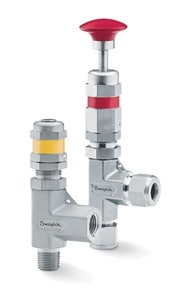 Why Relief Valves Are Essential for Safe Operation
Why Relief Valves Are Essential for Safe Operation
Maintaining the set pressure within your various critical fluid systems is key to both operational efficiency and safety. Pressure regulators are most commonly responsible for maintaining precise pressures throughout the entirety of your system. But because chemical plants and refineries are often dealing with high pressures or potentially dangerous fluids, and because accidental pressure changes can occur unexpectedly, it is important that fail-safe measures are incorporated.
Relief valves are one such fail-safe that should be included in your fluid system design. In practice, relief valves are set to a maximum allowed pressure—if the valve senses a higher pressure within the system, it will open and allow the excess pressure to escape. Escaping pressure may be captured if the system media is toxic or may be allowed to escape into the atmosphere when safe to do so.
Why Relief Valves May Be Activated
Because of the complexities in large-scale fluid systems, conditions that may lead to overpressurization are wide and varied. However, they can be grouped into a few broad categories.
Procedural error. Because people are responsible for operating chemical fluid systems, these systems are inherently subject to common human error. A technician may have opened the wrong valve in a system, leading pressure to rise downstream. System conditions may have been improperly calibrated. The wrong type of pressure regulator may have been installed during a routine fluid system maintenance. Robust fluid system training can help prevent these issues from happening, but it is still important to incorporate relief valves in case operational error does occur.
Component wear. Fluid system components naturally wear over time. Particularly in fluid systems that handle aggressive chemicals, corrosion can cause premature wear if the right material alloys have not been selected. In any case, component wear may compromise pressure control, making relief valves a necessity for chemical plant safety.
Contamination. Pressure regulators can reliably reduce pressure to desired levels, but dirty or otherwise contaminated fluids can compromise their performance. Particulates have the potential to compromise the regulator’s seal, allowing unwanted pressure to creep past the seat, leading to rises in downstream pressure. Here, a relief valve would be able to vent off that unwanted pressure.
Loss of power. Some fluid systems may rely on electronic control of certain components for operation or pressure control. If your system experiences an unexpected loss of power, compromising certain components’ ability to function as intended, relief valves will help manage overpressurization.
Where Relief Valves Should Be Installed
To maintain chemical plant safety, relief valves should typically be installed within the following applications:
High-pressure systems. In fluid system applications that exceed a certain psi , relief valves are an essential safety element that can help prevent potential accidents. Choosing high-quality small-bore tube fittings for such applications is a good way to protect against the potential dangers of overpressurization, but relief valves are a good supplemental safety measure for high-pressure applications.
Toxic fluids or chemical applications. In applications where escaping system media would cause an immediate plant safety threat—toxic or hazardous chemicals, for example—relief valves are an essential safety measure. In the event of overpressurization in these applications, relief valves can be set up to capture vented pressure and media instead of releasing it into the atmosphere. Escaped fluid can then be safely disposed of.
Sensitive equipment. One of the most important roles pressure relief valves can play is helping to protect sensitive analytical equipment from overpressurization. Expensive systems including online analyzers can be easily damaged if they experience higher pressures than they are rated for. This is especially important since analyzers are deployed to sample fluids directly from your main processes. An optimal regulator should be paired with a properly rated and set relief valve to ensure that pressure is sufficiently reduced from the main process by the time fluids are delivered to the analyzer.
How to Optimize System Design for Chemical Plant Safety
Incorporating pressure relief valves at the appropriate places within your industrial fluid system is a good way to improve chemical plant safety and should be accounted for during initial system design. There are also many other ways that you can design and build your system with safe operation in mind. Simple tips like avoiding tube fitting intermix, eliminating unnecessary complexities throughout the system, and accounting for operational factors like vibration can help contribute to safer and more reliable systems.
At Swagelok, our fluid system design specialists have helped customers in the chemical and refining industries build safer systems for decades. If you are looking for new ways to improve safety in your chemical plant, leverage our chemical processing application expertise to keep all systems performing reliably in even the most demanding environments. To learn more about how we can help improve your plant’s safety, get in touch with your local Swagelok sales and service center.
Related Articles
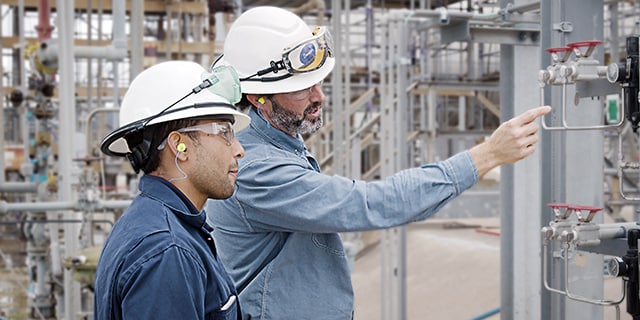
7 Tips for Building Safer Industrial Fluid Systems
When designing industrial fluid systems, plant safety must always remain top of mind. Learn how your team of engineers and technicians can reduce safety risks and maintain system uptime with essential fluid system building and design tips.
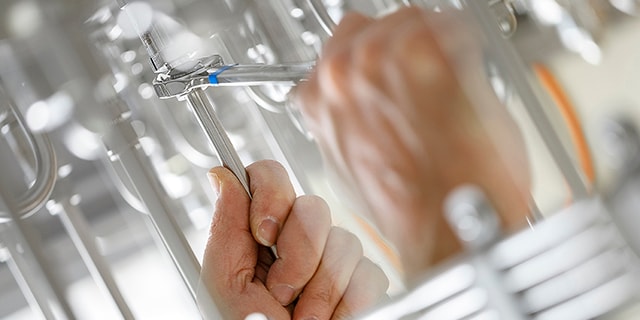
Common Causes and Costs of Fluid System Leaks
The smallest leak can present a serious issue when maintaining your plant’s safety and profitability. Understand how and why leaks occur, how to locate and test for them, and ultimately how to develop a strategy to address and reduce leaks plant-wide.
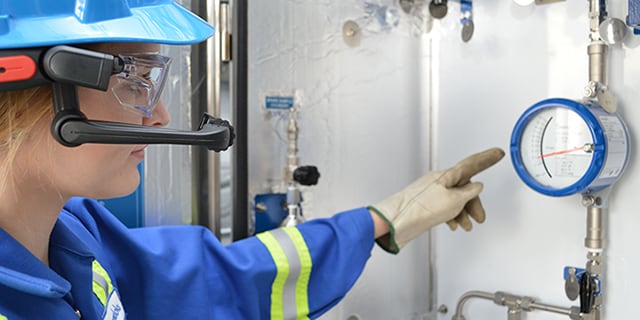
Your Industrial Fluid System Safety Checklist
Follow these best practices to enhance the safety of your industrial fluid system.


